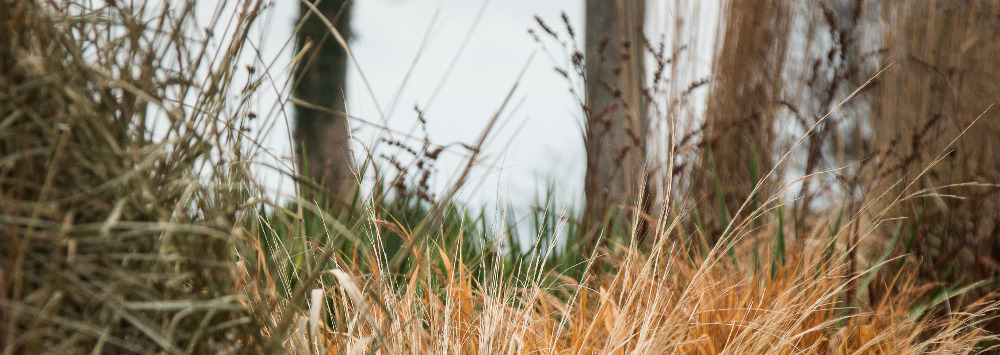Climatic factors are amongst the most important in determining where we find plants, since species are often adapted to particular climates. We now know that during the 20th century most of Europe experienced a temperature rise of around 0.8 °C, attributable in large part to greenhouse gas emissions. Over the coming century we expect a further rise of between approximately 1 and 4 °C. The key question for our native species is how they can cope with this environmental challenge.
Why are grasslands important?
Understanding the ability of plant species to resist climate change is important for several reasons. First, native plants make up part of our natural heritage. Second, grass-dominated ecosystems provide humans with important products e.g:
- drinking water,
- grassland for cows
- pollinator services for fruit crops
- carbon storage in peat bogs.
How can species resist climate instability?
If plant species are affected adversely by climate change, this may impact on the sustainability of the whole ecosystem. Biologists tend to think of three main “coping strategies” that can allow plants and animals to survive in new environments.
1) Migration: Species can migrate to find their optimal conditions for growth and reproduction; for example, some species of butterflies have been able to expand their ranges to keep pace with climatic change.
2) Acquired characteristics: Individuals can modify the timing of their lifecycle, or other characteristics, to stay in tune with the climate.
3) Evolutionary changes: The final, Darwinian, coping strategy involves the genetic diversity found within plant populations. Some individual plants simply possess “the right genes”, conferring characteristics that allow survival and reproduction under the changed climate.
The project at Ness: an account by Dr Raj Whitlock
My research at Ness Botanic Gardens began in 2011 and focuses on the responses of British species-rich meadows and grasslands to climate change. These grasslands can be found across the country, from the limestone dales of northern England to the chalk downlands of southern England. I am seeking to understand whether populations of grassland plants will be able to evolve in response to anticipated climate change, enhancing their ability to persist. I am also interested in what these adaptive responses might mean for the coexistence of different plant species within their communities, and the integrity of grassland ecosystems.
My project started at Buxton Climate Change Impacts Laboratory where researchers from the University of Sheffield and Syracuse University, USA have exposed a natural grassland to 20 years of simulated (experimental) climate change. Treatments applied annually at BCCIL include a two-month summer drought (imposed using rainfall shelters), winter warming (3°C above ambient), and increased precipitation (achieved by supplementary watering). I have collected individuals of six species of perennial plants from the grassland plots at BCCIL (Festuca ovina, Lotus corniculatus, Koeleria macrantha, Carex panicea, Sanguisorba minor and Potentilla erecta). These individuals are maintained at Ness as clonal lines using vegetative propagation. My experiments at Ness aim to determine whether plant populations from BCCIL have evolved distinct characteristics that adapt them to their home climatic environments at Buxton.
Along with colleagues at the University of Liverpool and at Ness, I am growing the plants in model plant communities called microcosms that represent simplified versions of the natural turf at Buxton. There are 1952 microcosms in the main experiment at Ness and they each contain several plant species growing together in natural rendzina soil. This design is intended to reveal whether climate-induced adaptive changes in one species could have knock-on effects on neighbouring species.
The work at Ness has involved monitoring plants originating from BCCIL. Measurements of biomass production, leaf morphology, reproductive effort and timing and several other traits were collected in 2012 and 2013. This year we recorded the production and timing of more than 10,000 flower heads from four of the study species. All these data are currently under analysis, and the results from this investigation will provide a uniquely detailed picture of adaptive responses to climate change occurring within a natural plant community.
Back to: Ness Botanic Gardens
